Why marinas matter
Yachts can spend up to 90 per cent of their life in a marina, so onshore ESG practices are more important now than ever…
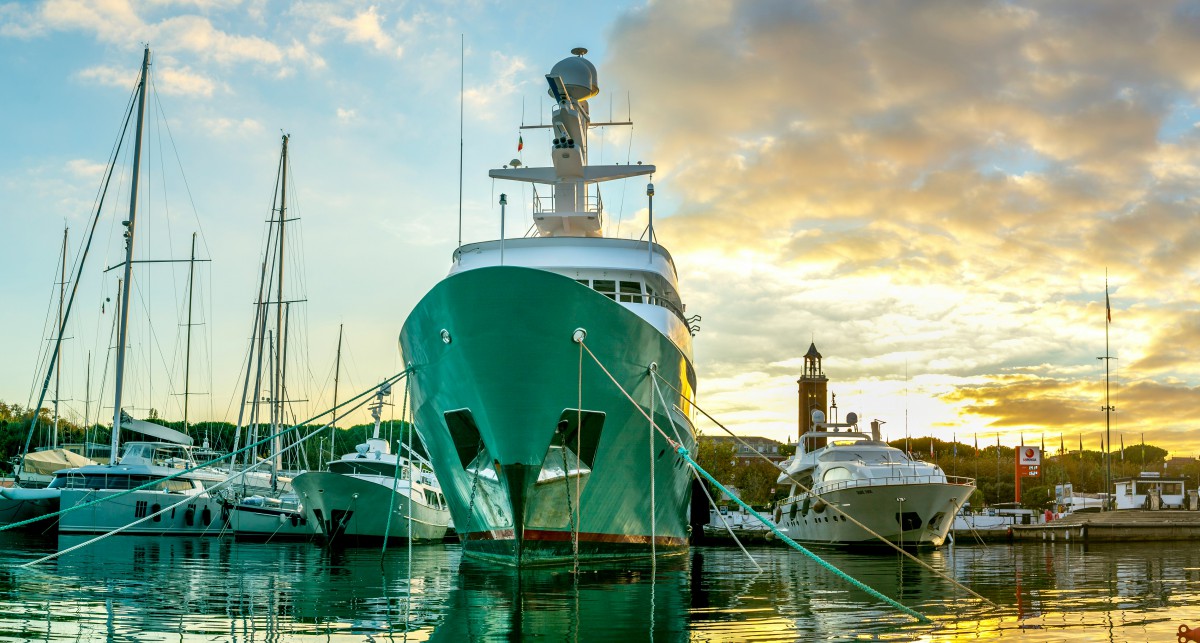
Improving a yacht’s environmental impact can be addressed at various stages, from its construction in shipyards to its design and day-to-day operations. However, a key factor of the industry’s sustainability credentials that is often overlooked is the role of marinas, where vessels over 30 metres can spend 75 to 90 per cent of their time, making their environmental policies and practices a significant consideration.
Marinas act as a vector that affects many of the different elements that can influence the impact of a yacht during its operations, whether that’s the source of shore power or waste management. So where the yachts anchor and the Environmental Social Governance (ESG) credentials of these locations can affect a significant portion of the yacht’s operational impact.
Marinas managed by large companies are often subject to stricter regulations and incentives, pushing them to formalise ESG practices to improve their standing, such as Sydney Superyacht Marina, Camper and Nicholsons marinas and IGY marinas. The sustainability policies they have created can help bring environmental awareness and encourage the better actions they detail.
While there are those lacking in environmental and social best practices, many marinas are on the other end of the spectrum, making ESG commitments found elsewhere within the business world. Many of these actions and programmes have been detailed in a guide by nautical tourism consultancy, Innovamarina.
Full sustainability reports by other corporations outside the industry are becoming much more commonplace. Specific metrics are tracked and demonstrated, including utilities such as water electricity consumption and quantity of waste, and quantifying KPIs. For example, in the Safe Harbor Marinas 2023 Sustainability Report its environmental KPIs included MWh of rooftop solar energy generated and water consumed. Alongside this, it also details the actions taken to improve the environmental and social impact of the business.
One of the most typical of these actions is to reduce the marina’s emissions. Porto Montenegro and Safe Harbor both use electric tenders and vehicles within their marinas, as part of reducing Scope 1 emissions, those generated from sources owned or controlled by the company.
D-Marin has focused on sustainability since establishing baseline emissions in 2021, aligning with the Science Based Targets initiative (SBTi) commitments. Their efforts to reduce direct Scope 1 and 2 emissions as part of this alignment include installing solar panels, a common solution across marinas. This overcomes the limited green energy supply from local/national grids. For instance, at D-Marin’s Turkey marina, its solar panels meet 100 per cent of the buildings’ energy needs and 30 per cent of the shore power demand for yachts.
To continue their SBTI alignment, they are now starting the process of including reductions to Scope 3 emissions, those of their value chain, within their efforts.
Alongside this challenging aspect of future development decisions, there are multiple other challenges that marinas need to overcome to achieve these impact improvements.
David Gates, owner and director of Complete Yacht Solutions, which includes Superyacht Rubbish, has introduced waste-management solutions for yachts, providing equipment that vacuum seals and compresses waste, reducing its size, eliminating odours and making disposal easier at marinas.
During discussions with yacht crews, however, Gates learned that poor waste-management practices persist in some marinas. He cites instances where crew had separated rubbish then seen it being collected as one despite signage regarding waste separation.
In many cases, location is a factor. Gates also discusses the issue of smaller destinations such as remote islands: “They may look idyllic and gorgeous, but where does the waste go?” He says that in some locations “there are islands of landfill with waste often entering the marine environment”, which poses dangers to the local ecosystem.
Gates hopes to elevate the levels of environmental performance at marinas across the globe through his Clean Superyacht Marina Campaign. The campaign asks for details on the facilities and policies in place at the marina, including questions about the bins, grey and blackwater facilities, where the shore power comes from as well, as where the municipal waste ends up.
Collecting this data is crucial, Gates says. “Without data, there’s no knowledge and hence no ability to change.” He hopes that this campaign will assist in allowing crew to be more informed when visiting marinas, and so behave the most environmentally possible given the services available. Another aspect of the campaign is pushing for more universal signage for waste management across marinas to make it easier for crew to follow correct waste-disposal separation and procedures.
Areti Priovolou, health, safety and environmental officer at D-Marin, explains how part of their actions to go beyond the standard. “In many of our marina locations, the standard municipality does not sufficiently separate the waste, so we have made agreements with private waste companies which can provide additional recycling.”
Other forms of environmental harm can occur throughout marina operations that need to be negated. That’s why in many of these environmental policies there are actions to reduce non-airborne pollution within the marina, as well as facilities to dispose of harmful pollutants such as black, grey and bilge water from the visiting vessels.
D-Marin also implements oil-spill measures and uses innovative equipment to collect floating waste to help protect the local marine ecosystem. Camper and Nicholsons’ Cesme Marina demonstrates the more general energy and water-saving efforts in its environmental policy, minimising electricity and water use through activities such as replacing old light bulbs with more energy-efficient bulbs, and fitting hoses with automatic trigger nozzles. Similarly, Port Louis Marina’s environmental policy states it will work with its stakeholders such as tenants, guests and community to ensure the marina becomes and remains a single-use plastic free environment.
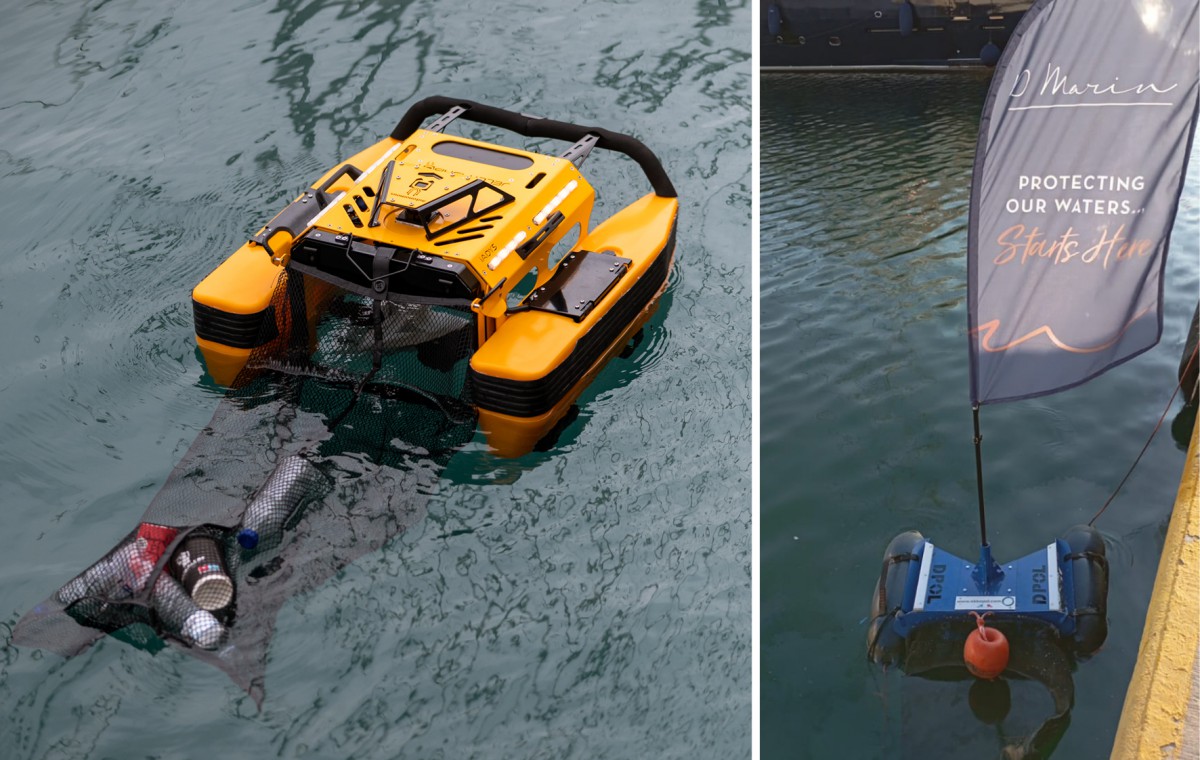
(Left) Jellyfishbot D-Marin uses to collect floating marine litter and oil, and (right) a DPOL2 floating pump that removes and stores surface pollutants, without human intervention.
Improvement efforts by marinas can go beyond just prevention and mitigation. In many marinas efforts are being made to actively protect and boost the surrounding marine ecosystems and biodiversity. For example, Porto Montenegro and Port Vauban, among other marinas, ports and harbours, have installed ‘biohuts’. Biohuts create nurseries for fish larvae in the form of 100 per cent recyclable steel modules filled with local oyster shells. These artificial habitats allow these coastal areas to regain their nursery function.
As well as this, ONE°15 Marina Sentosa Cove in Singapore has partnered with a research institute to build an artificial coral garden and conduct reef restoration research, furthering understanding and boosting local biodiversity, similar to the seagrass restoration efforts in Sydney Superyacht Marina. Not only does this work to improve the environment but also by making more visually appealing waterways around their marina, they can be made more attractive to guests.
Sustainability and ESG go beyond environmental, and marinas should also be investing in social impact improvements, which can involve their employees. For example, Safe Harbor Marinas have contributed US$40,000 in scholarships to eight recipients, developing the skills of the future workforce. D-Marin has consciously boosted the natural role marinas take as a connection between the wealth of yachts and local communities by sponsoring and donating to local community causes, such as sports events and charities. Support for local communities can go beyond just finances. For example, at Fisvlos Marina in Greece, their employees have donated 75 units of blood, while D-Marin marinas employees have volunteered for beach clean-ups.
A decarbonisation development that is still quite uncommon within marinas is that of the supply of alternative fuels such as hydrogen, biofuels and methanol.
Priovolou says: “We are monitoring the development of hydrogen, methanol and biofuel, but it's hard to invest in these if there is no demand from yachts.” However, “as the industry evolves more sustainable practices, we recognise the importance of offering our customers environmentally friendly solutions.”
This highlights the chicken-and-egg issue surrounding alternative fuels. There can be a reluctance to adopt these fuels without a reliable supply, while marinas are hesitant to invest in the infrastructure until demand increases. However, this is likely to change as more projects are in development involving these fuels, reducing the fears and risks perceived surrounding them.
The national supply of green energy also affects the marina’s impact. More than half of the energy supply of marinas in France is from nuclear or renewable sources, hence providing cleaner shore power than locations more reliant on fossil fuels. This is probably why many marinas have generated their own renewable solar energy.
There are various awards and accolades that recognise the ESG activities made by marinas, including marina-specific award schemes such as the Blue Flag and the Yacht Harbour Association Clean Marina award, and more general accolades such as the ISO14001, a standard for environmental management systems, and EcoVadis ratings. Ecovadis is a leading organisation in sustainability rankings of tens of thousands of companies worldwide.
Well-regarded third-party awards combat greenwashing and bring awareness to efforts and educate consumers. Setting ESG targets and strategies can better position businesses within the industry both in terms of reception from clients and wider public image, but also in terms of creating a more capable and resilient business to future regulations and restrictions.
Similar to other businesses in the industry, there’s plenty that is available to be done by marinas with benefits to be gained from their implementation. Hopefully, as more regulatory pressures arise and more drivers are recognised, ESG improvements will become more common. But also recognising what can be done by marinas, as highlighted in this article, should help raise in the expectations of how marinas should operate to improve their impact.
Marinas are yet another aspect where ESG credentials are becoming an influence on the choice of marina, as the awareness and regulations surrounding the impact of wider value chains increase. As Priovolou says “your impact is more than just you”. Because of this, improved ESG credentials can better position businesses to make the choices that, in turn, will improve their own credentials.
Profile links
Camper & Nicholsons Marinas Ltd
NEW: Sign up for SuperyachtNewsweek!
Get the latest weekly news, in-depth reports, intelligence, and strategic insights, delivered directly from The Superyacht Group's editors and market analysts.
Stay at the forefront of the superyacht industry with SuperyachtNewsweek
Click here to become part of The Superyacht Group community, and join us in our mission to make this industry accessible to all, and prosperous for the long-term. We are offering access to the superyacht industry’s most comprehensive and longstanding archive of business-critical information, as well as a comprehensive, real-time superyacht fleet database, for just £10 per month, because we are One Industry with One Mission. Sign up here.
Related news
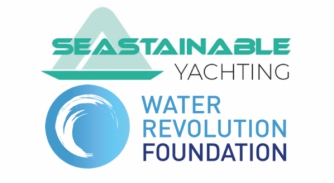
Environmental Crew Guidelines 2.0 to launch at Monaco
Water Revolution Foundation and Seastainable Yachting will be launching Version 2 of the Environmental Crew Guidelines at this year’s Monaco Yacht Show.
Crew

Sustainable superyacht solutions built on maritime expertise
Drawing on the maritime heritage of Environmental Protection Engineering (EPE), EPE Yachting provides solutions that meet the expectations of superyacht owners
Technology
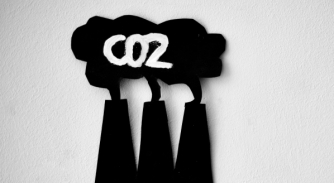
Scope 3 emissions – their challenges and potential solutions
As Scope 3 becomes critical to reporting and disclosure regulations, businesses must understand and manage these emissions to future-proof their business
Business
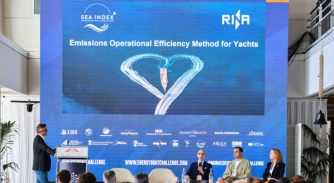
New CO2 emissions tracking tool
Sea Index® and RINA are collaborating on the next addition to their methodology, focusing on the life-cycle impact of fuels, from conventional to biofuels
Crew
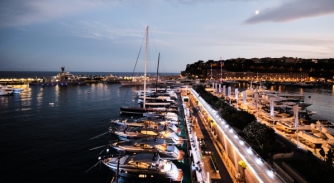
SEA index deploys in 15 marinas
The carbon-emission-rating system has signed a collective agreement with 15 harbours and marinas in Cote d’Azur
Crew
Related news
New CO2 emissions tracking tool
8 months ago
SEA index deploys in 15 marinas
10 months ago
NEW: Sign up for
SuperyachtNewsweek!
Get the latest weekly news, in-depth reports, intelligence, and strategic insights, delivered directly from The Superyacht Group's editors and market analysts.
Stay at the forefront of the superyacht industry with SuperyachtNewsweek



